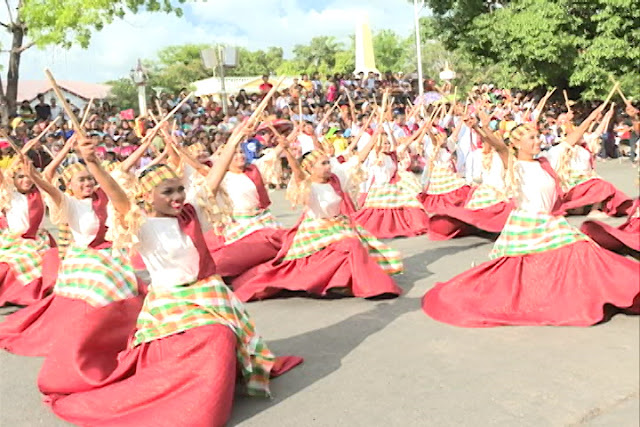Culture and Technology
Photo Courtesy: Yahoo.com
Virtual Democracy
The 1987 Philippine Constitution clearly guaranteed in
Section 4, Article III (Bill of Rights) that “No law shall be passed abridging
the freedom of speech, of expression, or of the press, or the right of the
people peaceably to assemble and petition the government for redress of
grievances.” For the longest time it gives the people a notion that anyone
could freely express everything. As the modern communication world continues to
advance with the rising of internet, it also continuously raises a number of
important issues of freedom of expression that may be interlinked into “free
culture.”
Baran discussed that “there is no central location, no on-and-off
button for the internet, making it difficult for those who want to control it.”
However, for some free expression advocates, the freedom from control is the
primary strength of the internet. Baran added that “the anonymity of its users
provides their expression – even the most radical, profane, and vulgar – great protection,
giving voice to those who would otherwise be silenced. This anonymity, say
advocates of strengthened Internet control, is a breeding ground for abuse.”
The most common abuses in the internet include cyber bullying,
identity theft, easy access to pornography, privacy and copyright or the
intellectual property ownership.
The copyright protection is designed to ensure that original
creators of such content are properly compensated. Traditionally, books,
manuscripts, dissertations, dramatic and musical compositions, maps, sketches,
photographs, engravings, lithographs and cinematographic pictures are the
intellectual works that are copyrighted. The question now is how and when
copyright applies in the internet?
So why do copyright issues proliferate in the internet? One
point would be easy access – that one in just a click may easily find materials
that may be borrowed through a common practice “copy – paste act” without
putting proper attributions or acknowledgement.
Baran said “material on the net, even on electronic bulletin
boards, belongs to the author, so its use, other than fair use, requires
permission and possibly payment. But because material in the internet is not
tangible, it is easily, freely and privately copied. This renders it difficult,
if not impossible, to police those who do copy.”
To avoid copyrights issues, some rewrite and mix existing
materials to create a new form to content. This makes the copyright thing vague
in nature. As Baran questioned “if a user borrows some text from one source,
combines it with images from a second, surround both with a background graphic
from a third, and adds music sampled from many others, where does authorship
reside?”
Creators of audio – visual entertainment materials are also
becoming “important” victims of copyright issues in the internet. For example,
a television show or a movie illegally recorded and later uploaded to the internet
via a personal website or a blog used by someone to earn profit. The owner of
such website or blog illegally uploaded a copyrighted material will earn
something by stealing intellectual works.
In some arguments, internet is tagged as an open market to
steal works. Some suggests that more legislation should be made to address the
proliferation of copyright abuses in the internet. However, according to law
experts the intellectual property right that applies in the real world certainly
is applicable to the virtual world. The future may suggest that internet will
remain to be free and easy accessible comparing to traditional medium of
communication and research, an effective tool to protect intellectual works
should be put into action.
People also need to understand. Yes, they enjoy the “free
culture” like the access to the internet – but are the freedom isn’t enough? A
work whatever its form and whoever is the creator should be respected. As Khan said
that “while the government has a role to play in combating these abuses, self
policing is ultimately the best solution to ensure continued freedom on the
Internet.”
More importantly, the “free culture” in the internet “should
not translate to lawlessness and a lack of respect for the rights of others.”
References:
Baran, Stanley J. (2012). Introduction to Mass Communication.
New York. McGraw-Hill.
Khan, Rachel E. (2006). Internet 101: The New Mass Medium for
Filipinos. Pasig City. Anvil Publishing Inc.




Comments
Post a Comment